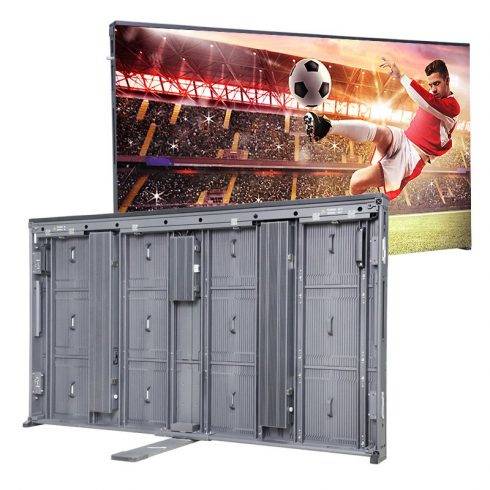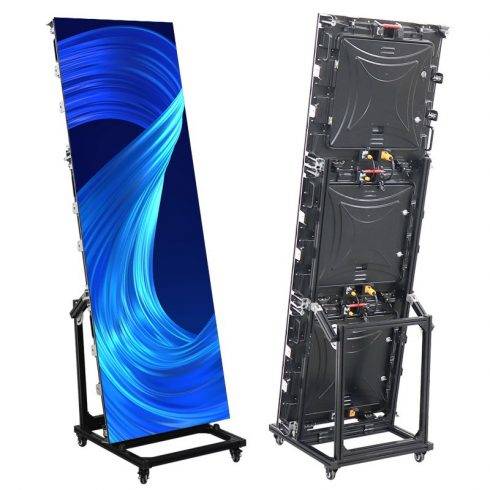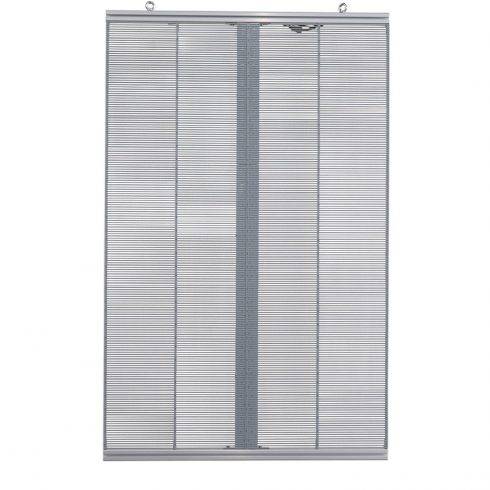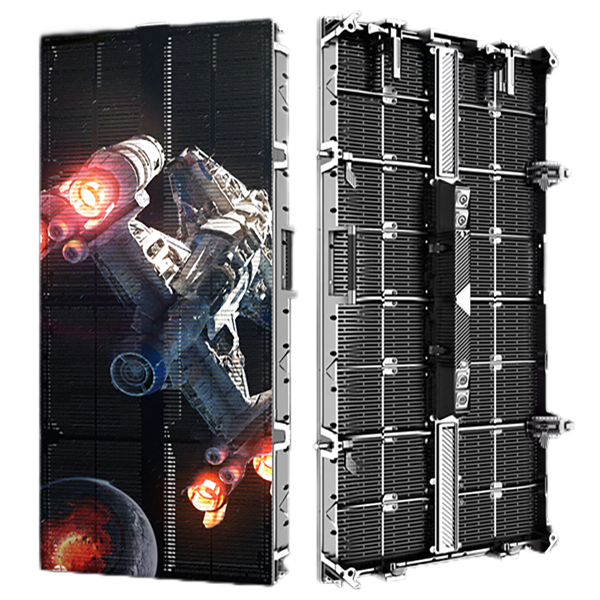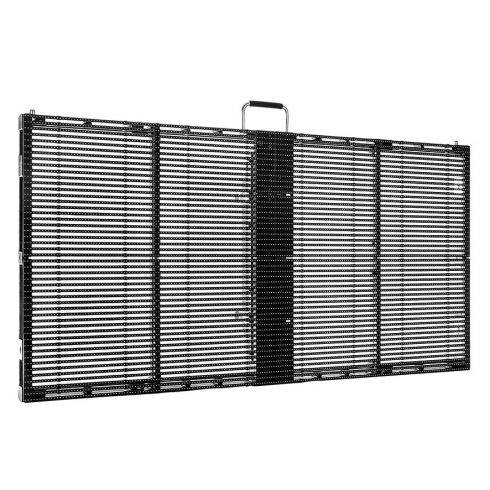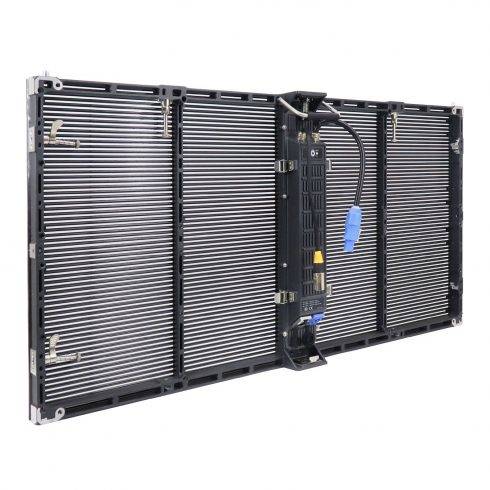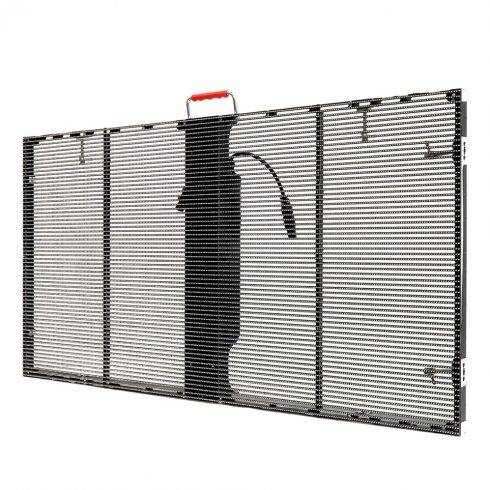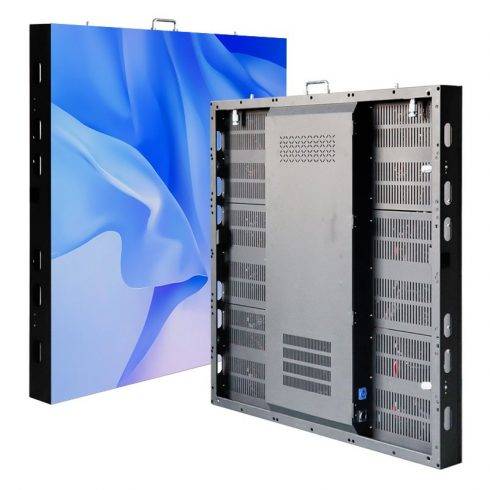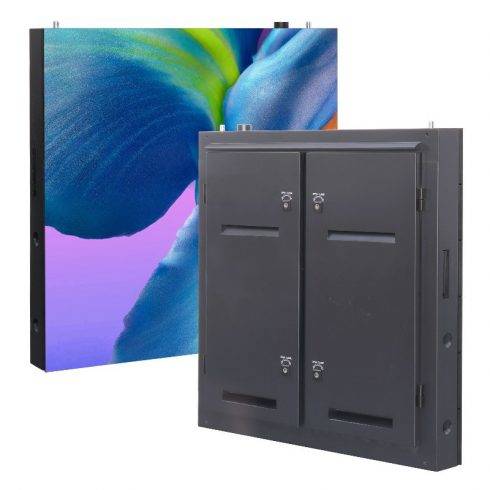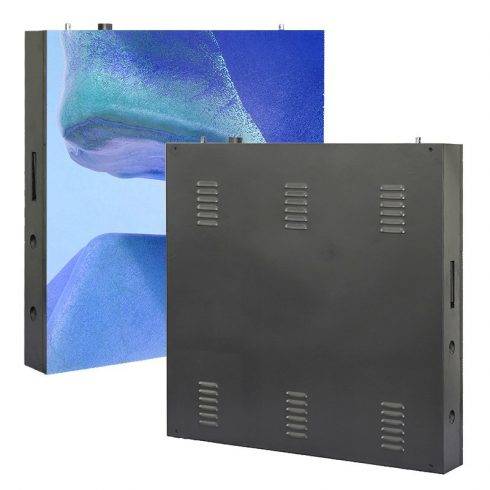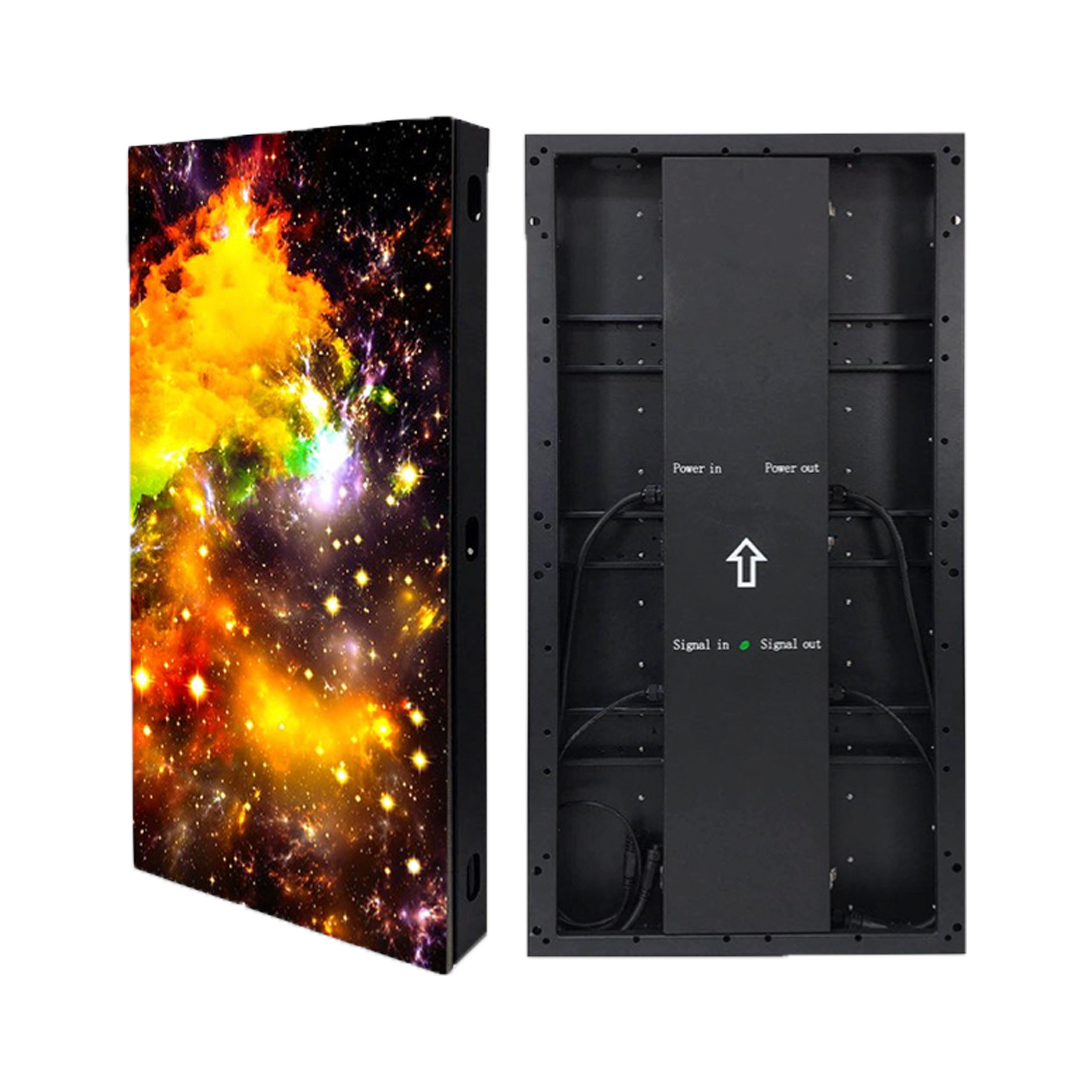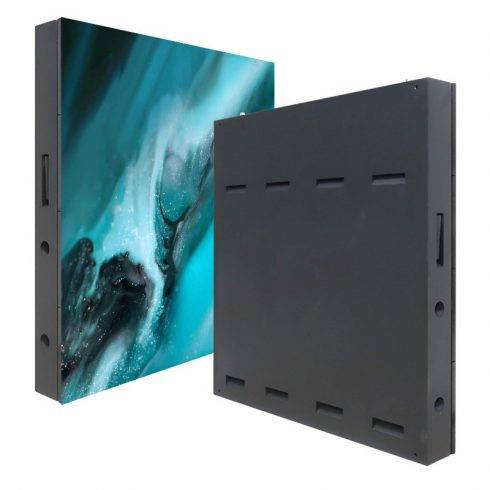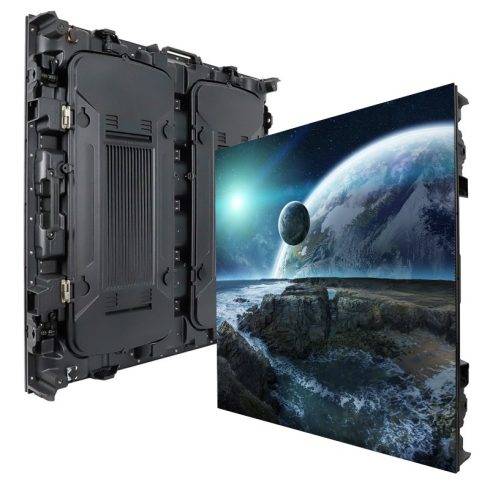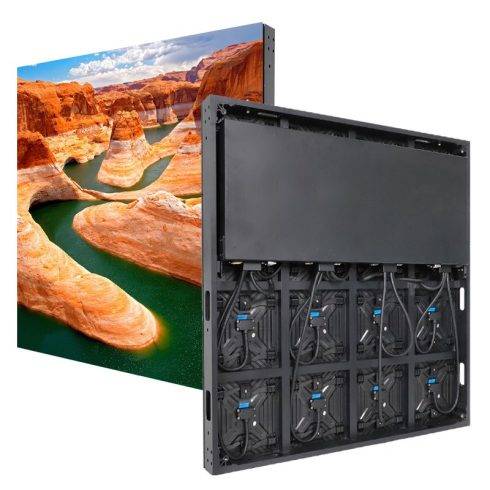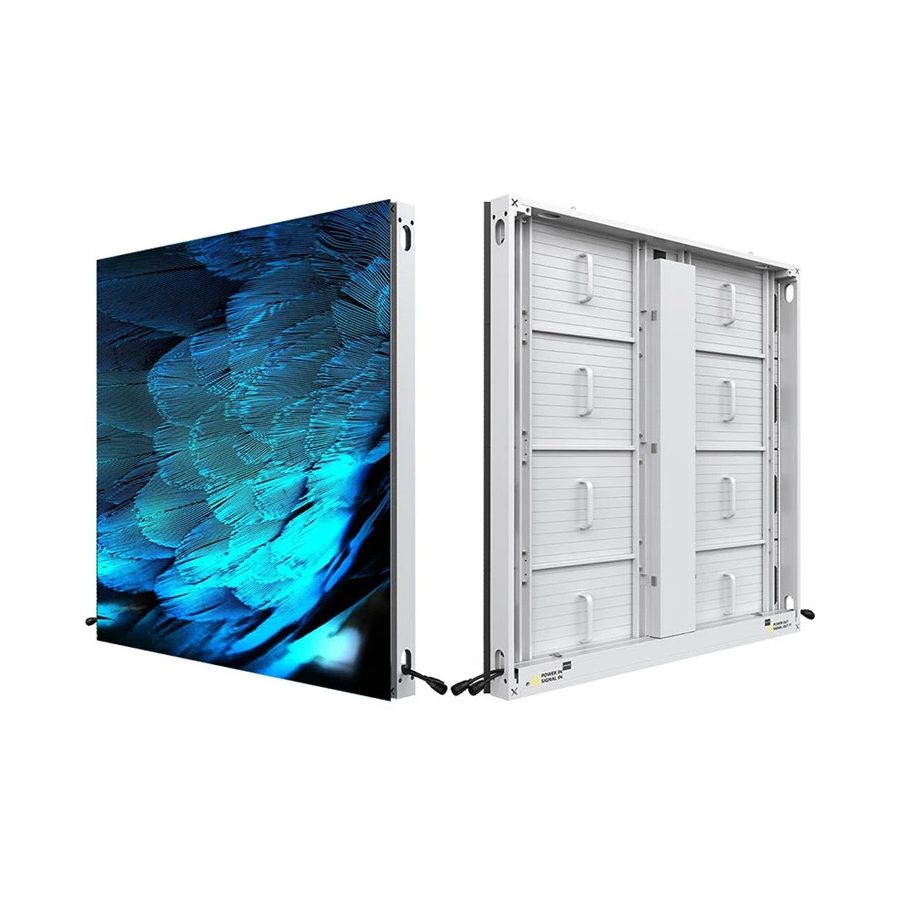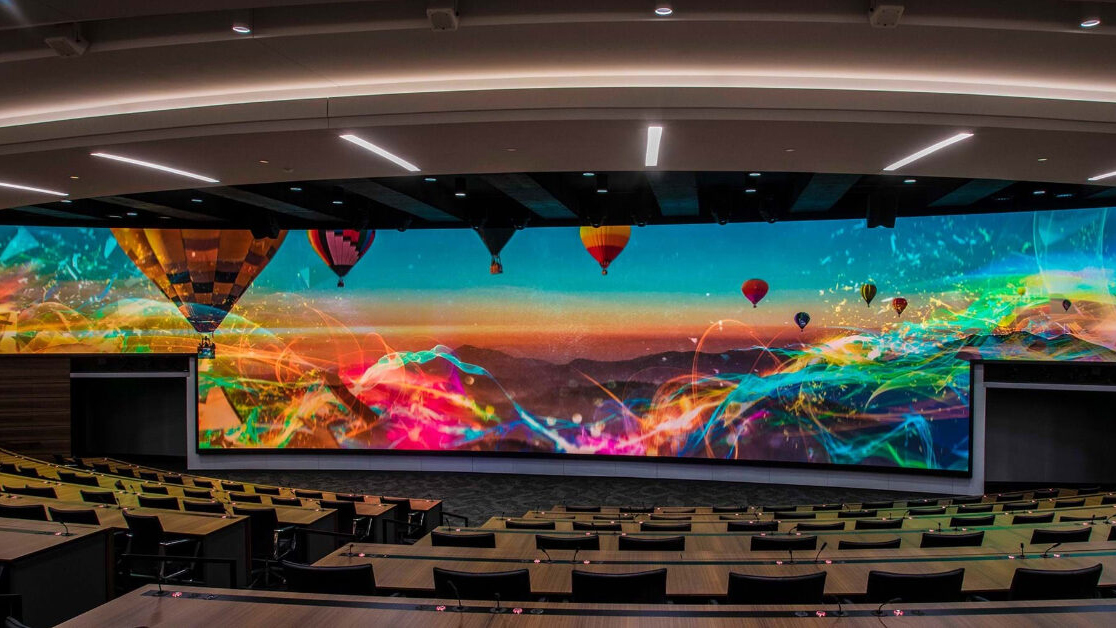The entertainment industry has long relied on cutting-edge technology to push the boundaries of storytelling. In recent years, virtual production has emerged as a transformative approach, allowing filmmakers to create immersive environments without the need for extensive physical sets or costly location shoots. At the heart of this revolution lies the Virtual Production LED Wall—an innovative solution that merges real-time rendering, LED display technology, and cinematic artistry. This essay explores the significance of LED walls in virtual production, their technological underpinnings, key applications, and the profound impact they have had on modern filmmaking.
What is a Virtual Production LED Wall?
A Virtual Production LED Wall is a large, high-resolution LED display used as a dynamic backdrop during film and television shoots. Unlike green screens, which require post-production compositing, LED walls allow filmmakers to display photorealistic environments in real-time. These displays are powered by advanced rendering engines like Unreal Engine, creating seamless visual effects that interact naturally with the live-action elements.
Key features of Virtual Production LED Walls include:
- High Dynamic Range (HDR): Ensures vibrant colors and contrast for realistic visuals.
- Pixel Pitch: Determines the resolution and sharpness of the display.
- Modularity: Panels can be assembled to create walls of various sizes and shapes.
- Real-Time Interaction: Integrated with motion-tracking systems to adapt visuals dynamically based on camera movements.
How Virtual Production LED Walls Work
The magic of LED walls lies in their ability to bridge the gap between physical and digital filmmaking. The process typically involves:
- Real-Time Rendering Engines: Software like Unreal Engine generates the virtual environment, including landscapes, skies, cityscapes, or fantastical worlds. These environments are designed to match the scene’s artistic vision and can be modified instantly during production.
- Camera Tracking Systems: Sensors on cameras track their position and movement. This data is fed into the rendering engine, ensuring the displayed visuals adjust perspective in real-time, maintaining the illusion of depth and realism.
- LED Panels: The rendered environment is displayed on high-resolution LED panels, forming a continuous, immersive backdrop. The LED panels emit light that interacts naturally with actors and props, eliminating the need for artificial lighting to mimic environmental conditions.
- Blending Physical and Digital: Props and set pieces are integrated with the LED display to create a seamless transition between the physical foreground and the digital background.
Advantages of Virtual Production LED Walls
Virtual Production LED Walls offer numerous advantages over traditional filmmaking techniques, reshaping how stories are brought to life.
1. Creative Freedom
LED walls provide filmmakers with unparalleled flexibility in designing and altering environments. Directors can experiment with lighting, angles, and visual elements in real time, enabling a more collaborative and iterative creative process.
2. Cost and Time Efficiency
Traditional location shoots often require significant resources and logistical planning. By using LED walls, production teams can save on travel costs, weather delays, and complex set constructions. Additionally, the real-time rendering eliminates extensive post-production work associated with green screens.
3. Realism and Immersion
Unlike green screens, which can create unnatural lighting or reflections, LED walls produce accurate environmental lighting. Actors can interact more naturally with the virtual backdrop, enhancing performances and delivering a more authentic final product.
4. Versatility
Virtual Production LED Walls are suitable for a wide range of applications, from blockbuster films and TV series to advertisements and music videos. They can adapt to various genres and styles, making them a versatile tool for content creators.
5. Eco-Friendly Production
By reducing the need for physical sets and extensive travel, LED walls contribute to more sustainable filmmaking practices, lowering the industry’s carbon footprint.
Applications of Virtual Production LED Walls
Virtual Production LED Walls have already revolutionized several aspects of content creation, demonstrating their versatility across different formats and industries.
1. Film and Television
LED walls have gained prominence in major productions like The Mandalorian, where entire alien landscapes were created using this technology. By allowing directors to see the final composition on set, LED walls streamline the filmmaking process and enhance storytelling.
2. Commercials and Advertising
Advertisers can use LED walls to create dynamic, eye-catching visuals without the need for costly location shoots. From luxury car commercials to product launches, this technology ensures brands stand out.
3. Music Videos
Artists and directors use LED walls to craft visually stunning music videos, blending live performances with surreal or fantastical backgrounds. The flexibility of LED walls allows for endless creative possibilities.
4. Live Events and Performances
LED walls are increasingly being used in live concerts, theatrical productions, and award shows. They enable interactive and immersive experiences that captivate audiences.
5. Training and Simulations
Beyond entertainment, industries like aviation, defense, and healthcare use LED walls for immersive training simulations, offering realistic scenarios without real-world risks.
Challenges in Virtual Production LED Wall Adoption
Despite their numerous benefits, Virtual Production LED Walls come with certain challenges:
1. High Initial Costs
The upfront investment in LED panels, rendering engines, and motion-tracking systems can be prohibitive, especially for smaller production companies.
2. Technical Expertise
Operating and maintaining an LED wall requires specialized knowledge. Filmmakers need skilled technicians to manage the hardware and software, adding to the overall production complexity.
3. Rendering Limitations
While real-time rendering engines are powerful, highly complex environments can strain hardware capabilities, potentially leading to visual inconsistencies.
4. Size Constraints
For larger scenes, the physical size of an LED wall can be a limiting factor. Expanding the setup to accommodate expansive landscapes can increase costs and logistical demands.
The Future of Virtual Production LED Walls
As technology advances, the capabilities of Virtual Production LED Walls will continue to grow, opening up new opportunities for filmmakers and content creators.
- Improved Hardware: Advances in LED panel resolution and color accuracy will enhance the realism of virtual environments.
- AI Integration: Artificial intelligence could streamline content creation, enabling automated adjustments to lighting, textures, and animations.
- Expanded Accessibility: As costs decrease and technology becomes more user-friendly, LED walls will become accessible to independent filmmakers and smaller production studios.
- Mixed Reality Experiences: Combining LED walls with augmented reality (AR) and virtual reality (VR) could create entirely new forms of interactive storytelling.
- Sustainability: Continued innovation in energy-efficient LEDs and recyclable materials will make virtual production even more eco-friendly.
Case Study: The Mandalorian and Virtual Production
Disney’s The Mandalorian stands as a landmark in virtual production history, showcasing the full potential of LED walls. Using a technique dubbed “StageCraft,” the show employed a massive LED volume to create realistic alien worlds. This not only enhanced the visual quality but also allowed actors and directors to work in a fully immersive environment.
The success of The Mandalorian demonstrated that LED walls could deliver blockbuster-quality visuals while reducing costs and production time. Since then, the technology has been adopted by studios worldwide, cementing its place as a game-changer in modern filmmaking.
Conclusion
Virtual Production LED Walls have redefined how stories are told on screen, merging cutting-edge technology with cinematic artistry. By offering creative freedom, cost efficiency, and immersive realism, these displays empower filmmakers to bring their visions to life in unprecedented ways. While challenges remain, ongoing advancements in hardware and software promise to make this technology more accessible and versatile.
As the entertainment industry continues to evolve, Virtual Production LED Walls will remain at the forefront of innovation, enabling storytellers to explore uncharted creative territories and captivate audiences like never before.







